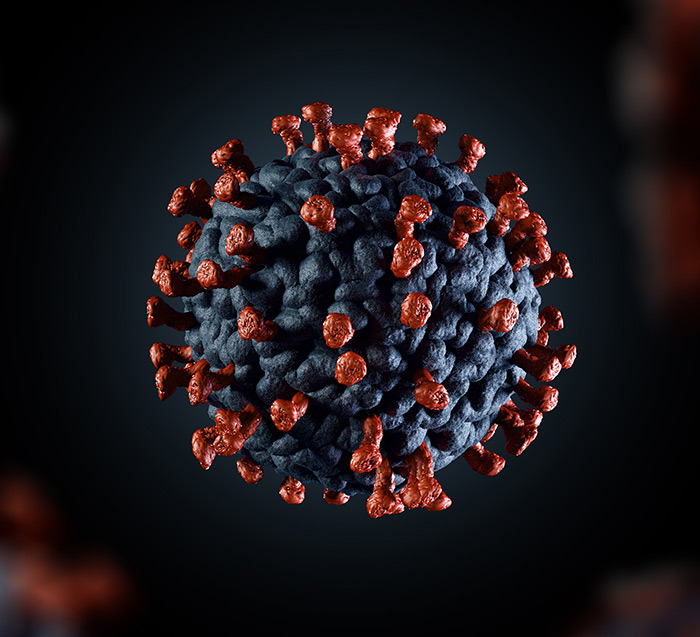- Home
- Find A Physician
- FIND A PHYSICIAN
- LymeTimes
- Current Issue
- Archives
- FEATURED LYMEDISEASE.ORG ISSUES
- Resources
- LYME LITERATE PHYSICIAN VIDEOS
- Physicians
- Members
- About Us
- Resources
W e are 40 years into Lyme disease and only six months into the COVID-19 pandemic. Like many others in the Lyme community, I take note of the similarities and differences between the two diseases.
Four bureaucratic differences really stand out:
- In a matter of weeks, the federal government can allot trillions of dollars to one disease.
- In a matter of weeks, the CDC can develop and mass produce a new test.
- In a matter of weeks, the FDA can authorize hundreds of clinical trials using off-label drugs.
- In a matter of weeks, the NIH can fund clinical trials with billions of dollars.
Why is Lyme disease — the number-one vector-borne disease in the U.S. — largely ignored by these government agencies?
 Since the pandemic began, I’ve felt that the Lyme community had much to teach those seeking answers for COVID-19. Last week, when I learned of the passing of Dr. Neil Spector, I couldn’t help but think of his contribution to both cancer and Lyme disease research. In his 2015 book Gone in A Heartbeat: A Physician’s Search for True Healing, Neil describes his near-death experience from Lyme disease that led to total heart failure and resulted in a life-saving heart transplant.
Since the pandemic began, I’ve felt that the Lyme community had much to teach those seeking answers for COVID-19. Last week, when I learned of the passing of Dr. Neil Spector, I couldn’t help but think of his contribution to both cancer and Lyme disease research. In his 2015 book Gone in A Heartbeat: A Physician’s Search for True Healing, Neil describes his near-death experience from Lyme disease that led to total heart failure and resulted in a life-saving heart transplant.
Dr. Spector had been a vibrant, healthy man, in the prime of his career. He went from running marathons and coaching his daughter’s soccer team to being put on life support due to the damage caused by undiagnosed late-stage Lyme disease.
Similarly, millions of people from around the world have had their lives taken or completely upended due to COVID-19. I wish Neil were still here for me to be able to ask him his thoughts, but these are mine.
How are Lyme and COVID-19 similar?
Lyme disease and COVID-19 are both zoonotic diseases, meaning they originated in animals and then spread to humans. The primary reservoir for the Lyme bacteria is mice, and the primary reservoir for COVID-19 virus is believed to be bats.
Both diseases are spreading uncontrolled across the globe. Ticks are the main vector for Lyme, and humans are the main source of transmission for COVID-19.
Lyme and COVID-19 cause many symptoms, ranging from mild to life-threatening.
The majority of Lyme and COVID-19 cases begin with flu-like symptoms including fever, chills, sweats, muscle aches, fatigue, nausea, and joint pain. Some (not all) with Lyme will get a rash and most with COVID-19 will get shortness of breath, sore throat, a cough, loss of sense of taste or smell, and/or a runny nose.
When diagnosed and treated early, both Lyme and COVID-19 have a better chance of full recovery. Left untreated, Lyme and COVID-19 can spread to multiple organs and systems of the body causing relapsing and chronic symptoms, and in some cases, death……Join or login below to continue reading.
You must be a LymeDisease.org member to access this content.





























